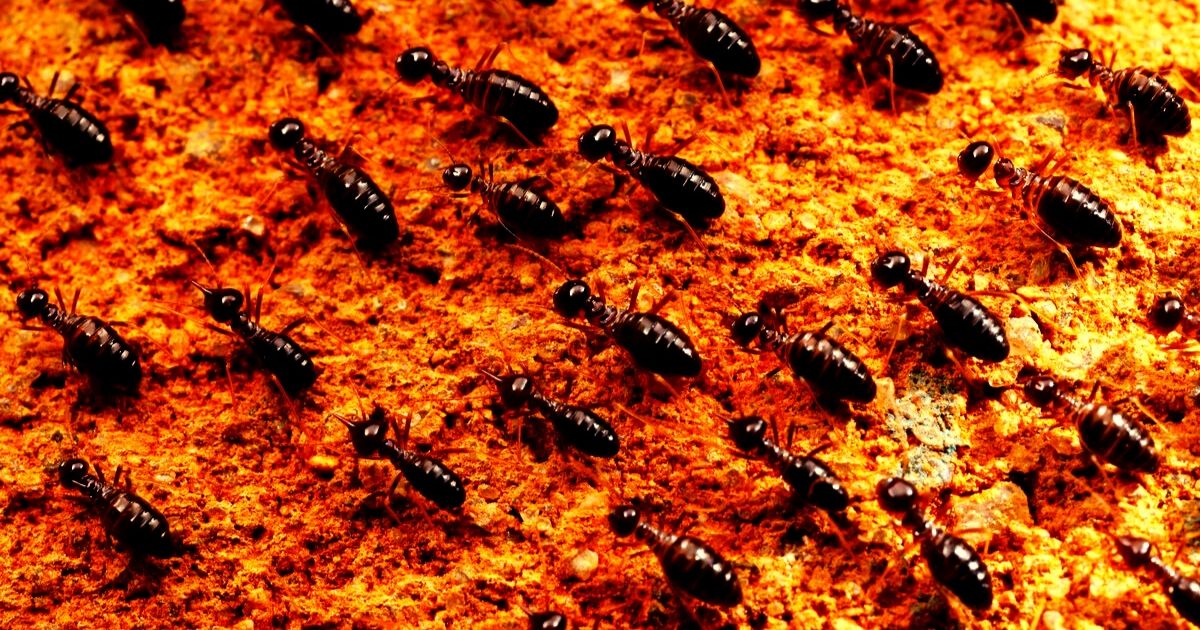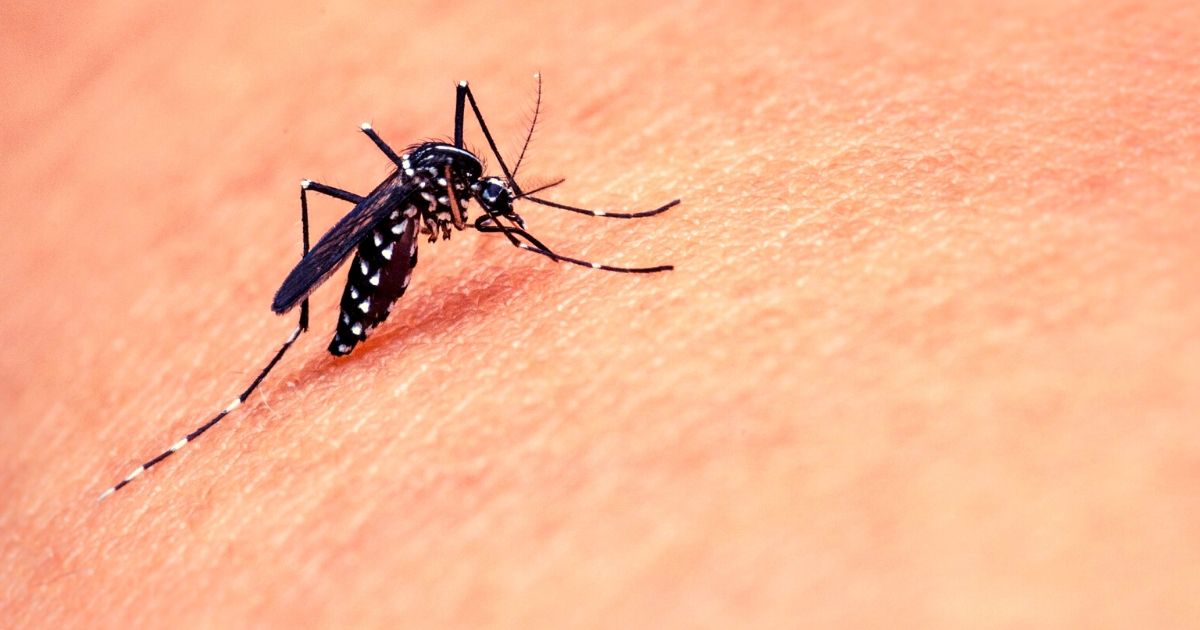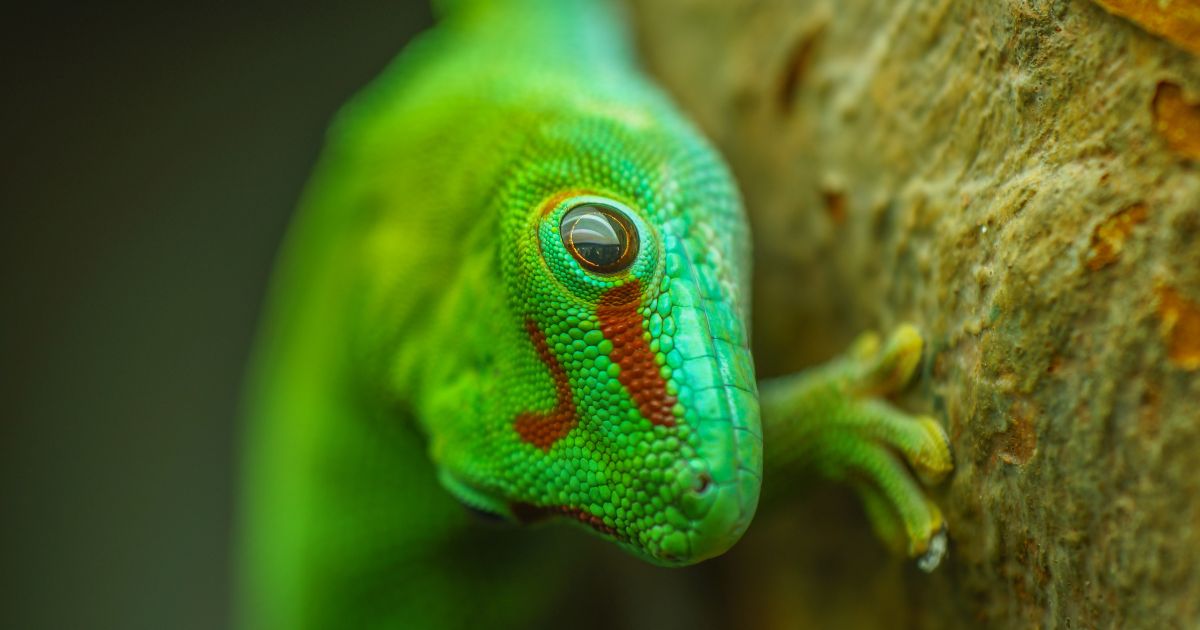The Ultimate Guide on Centipedes and Millipedes

Table Of Contents
- What are Centipedes and Millipedes?
- What Is the Difference Between Centipedes and Millipedes?
- Biology of Centipedes
- Biology of Millipedes
- Signs of a Centipede or Millipede in the House
- How to Prevent Centipedes and Millipedes From Entering Your Home
- How to Get Rid of Centipedes?
- How to Get Rid of Millipedes?
What are Centipedes and Millipedes?
Centipedes and millipedes are both invertebrates but not insects. They are arthropods which have a hard exoskeleton and multiple legs. They are invertebrates that are most often found in damp conditions under leaf litter and in the soil. Usually, they don’t enter homes, but can be attracted to the moisture and warmth found inside a house.
These arthropods are not major pests but can become a nuisance, which is why we have also included a discussion on how to get rid of centipedes and millipedes.
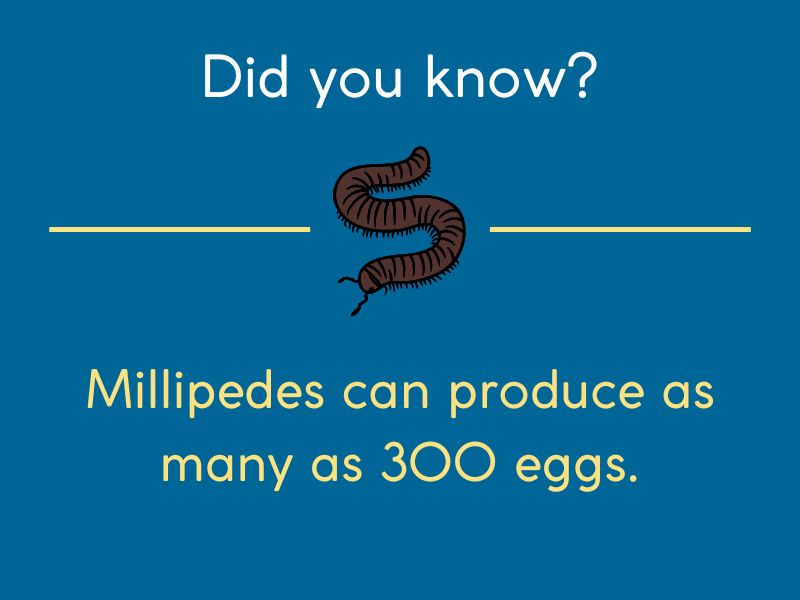
What Is the Difference Between Centipedes and Millipedes?
Although similar, centipedes are not the same animals as millipedes. They differ in appearance, feeding habits, and amount of movement.
You may be wondering what do centipedes and millipedes look like? Centipedes have a flatter body while millipedes are rounder.
This is not the only difference between the two because centipedes also have only one leg per segment on the body compared with millipedes which have two legs per segment. The feeding habits and even how active these inverts are is also different.
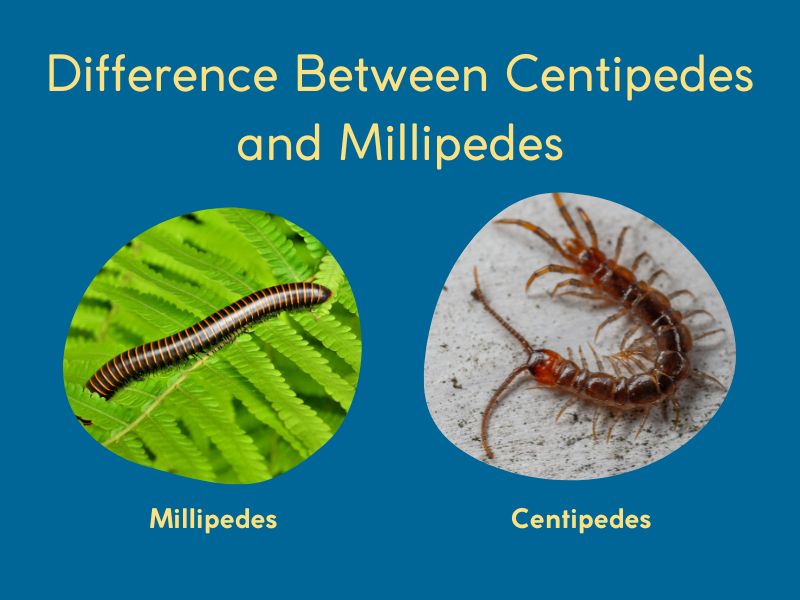
Biology of Centipedes
Centipedes are predators that can run quite fast to catch prey and escape from danger. Centipedes are predacious, feeding on other small insects and arthropods; they also move quite fast and readily hide. They are commonly found when you pick up a rock or disturb leaf litter. While most centipedes cannot hurt you there are a few species that can bite if they feel threatened.
Centipedes either lay eggs or bear live young depending on the species. If they lay eggs these are deposited in the soil during the warm season. The babies hatch from the eggs and look like the adults but are very small. In time they molt and grow until they reach adult size. They can live up to 6 years.
Biology of Millipedes
Millipedes feed on plant matter, decaying material, and on organic matter found in the soil and under leaf litter. These inverts are scavengers and do not actively hunt so they do not move fast like centipedes and instead will curl up into a ball when threatened.
Millipedes do lay eggs. They can produce as many as 300 eggs which hatch in a few weeks into tiny millipedes that eventually molt into the adult form. The millipedes can live a few years.
While millipedes do not bite, they do produce a chemical that is toxic but only serves as an irritant when it comes into contact with human skin.
Signs of a Centipede or Millipede in the House
Unlike other arthropods like cockroaches, there will not be many signs that you have a centipede or millipede in the house. Usually, the only sign of one of these arthropods is seeing the actual animal inside.
There have been stories of centipedes and millipedes in Singapore, including a story of a lady who was bitten by a centipede. They, therefore, can be a nuisance in the home, along with millipedes. In general, these insects are really just a nuisance and not harmful unless they come into close contact with people or pets in the home.

How to Prevent Centipedes and Millipedes From Entering Your Home
It is very unlikely that you will have a centipede and millipede infestation in your home because they really do not normally try to enter a house or dwelling. However, during dry conditions it is possible that these arthropods will find themselves inside a house because they look for moisture. A change in weather is one of many possible causes of centipedes and millipedes entering the home.
Centipedes and millipedes cannot survive in very dry conditions and will actively seek out moist warm conditions; this can mean that they crawl inside through gaps or small openings near the base of your house.
We have listed some centipede and millipede prevention tips below to help you prevent centipedes and millipedes from entering your home.
- Check weatherstripping and caulking to make sure these have not deteriorated leaving spaces through which pests can enter.
- Seal any gaps or cracks that could allow arthropods to enter your home.
- Fix any leaking plumbing fixtures including pipes and faucets that may be dripping.
- Use a dehumidifier or other means to dry out your house.
- Remove any leaf litter that may be right next to the house.
Pro Tip: It's best to get advice from pest control professionals if you are concerned about centipedes or millipedes in the house and how to treat them effectively.
How to Get Rid of Centipedes?
You may wonder how you can rid yourself of centipedes in your house. The first step is to make sure you do not have any damp areas around. Fixing any leaking pipes or faucets can help. Dry out areas of the house where there is dampness.
You can also inspect and directly remove any centipedes that you come across but remember that some species do bite so perhaps use tweezers to pick up any you find. Control measures can include using pesticides but this can be tricky if you have pets and small children in the house, and is best left to a professional pest control treatment.

Pest Problem? Let Us Help.
We offer fast and effective precision treatments to eliminate pests while ensuring a safe environment for your home or business.
How to Get Rid of Millipedes?
You can use a similar approach to getting rid of millipedes. Removing moisture and checking under boxes and in dark corners can help you find millipedes. Millipedes do not move fast so they are fairly easy to catch and remove. However, they do secrete substances that can be irritating so perhaps wear gloves if you choose to physically pick up and remove these arthropods yourself.
Consulting a pest control specialist is a good idea if you are concerned about centipedes or millipedes in the house. They will also be able to advise you on which pesticides to use or if fumigation is needed.
How to prevent centipedes and how to prevent millipedes from entering the home means making sure that conditions are not favourable for them. Even though millipedes and centipedes are mainly just a nuisance and not usually major pests, the presence of these arthropods can mean that other worse pests are also able to enter your home.
Frequently Asked Questions
Centipedes’ bites can be quite painful for people as they use their venom as a defense mechanism. Although typically not fatal or dangerous, their bites can hurt, especially when centipedes are large.
Millipedes are not venomous or poisonous, although their defensive spray contains fluids that may cause allergic reactions in some individuals.
Unlike centipedes, millipedes do not bite or sting. They usually produce a fluid that keeps the predators away.

